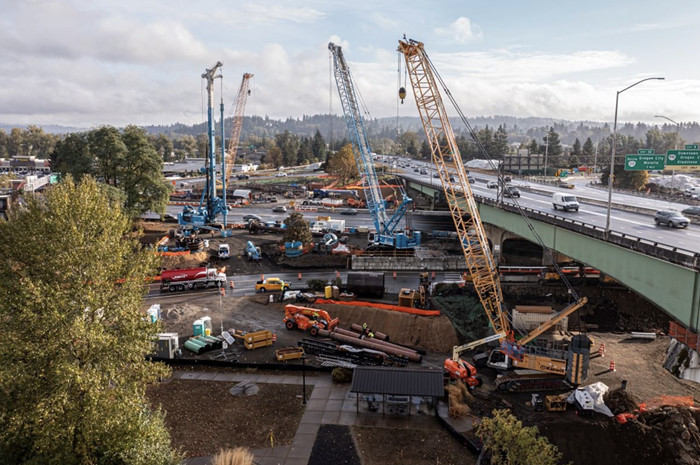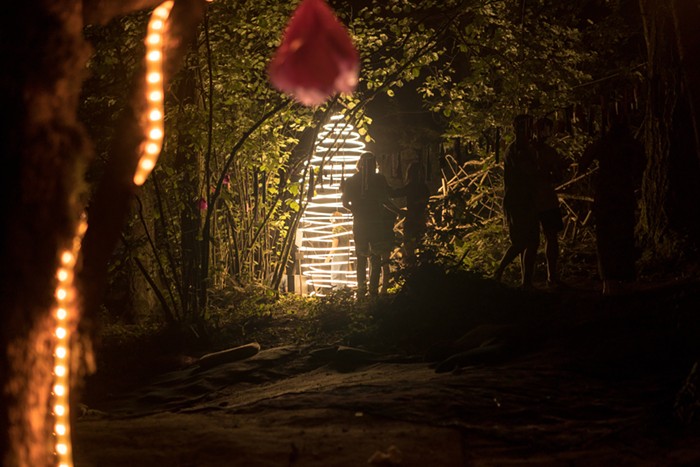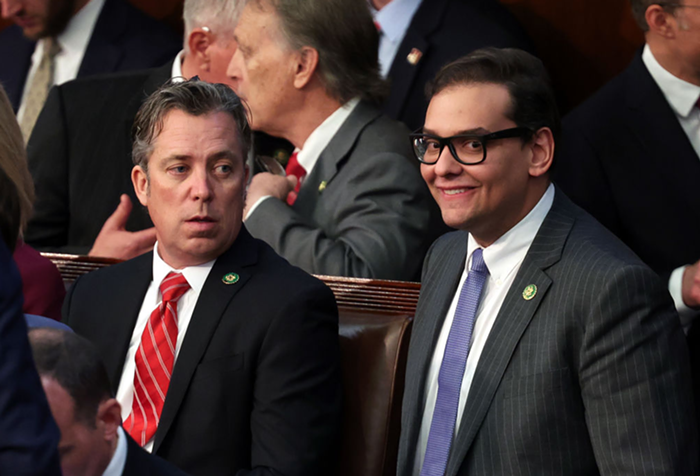I highly recommend visiting the installations at the Works when there isn't a performance or a crowd (and it's free). The magical creepiness of empty hallways with sounds emanating from darkened rooms where strange lights flicker across the wall is an experience in its own right, and one I think best enjoyed alone. I stole down there yesterday afternoon for just that reason, and while I was drawn to some of the video installations much more than others, I've been assigned to comment on Christopher Miner's The Safest Place and John Smith's The Girl Chewing Gum. Miner, who is from the South, is preoccupied with the influence of one's upbringing, and in this piece is addressing that specifically in regards to religion. The film is the same constant image of a young man clad in taupe-y t-shirt and shorts clasping his knees to his chest as he rotates round and round in the zero-gravity environs of what appears to be a space shuttle. Meanwhile Miner's voice eerily chants an old spiritual. Some of the words are hard to make out but Jesus having mercy is really all you've got to know. The mix of old-school, earthy spirituality and of mankind's most advanced technological aspirations, are in a way the best of both worlds; both are reaching to the heavens/the next world in their own way, and so yeah... Jesus in space pretty much has your bases covered. Point taken.

As for John Smith's The Girl Chewing Gum, it's a work from 1976, which makes it a questionable inclusion for a contemporary art festival. What's more, I've seen it online prior to the festival, and so can you:
That said, I like the humor here as a send-up of hyper-controlling directorship, and there's something satisfying about when the narration is especially well timed to the actions onscreen. As it steadily becomes more imaginative ("he's just robbed a bank," etc), the pretense becomes even more obvious, then the detailed examination of the building in the frame seems to chip the speaker's authority as he realizes his own (rather mundane) mis-perceptions, though when he begins to describe the field from which he's speaking and the camera shifts to said field, things unravel in such a way that is literally neither here nor there. I wish that instead the act had been kept up, that the camera had stayed trained on the busy street and the booming voice "directing" traffic. I don't think you need to go all the way in disassembling the concept to make a point about art, control, reality, and perception.


















